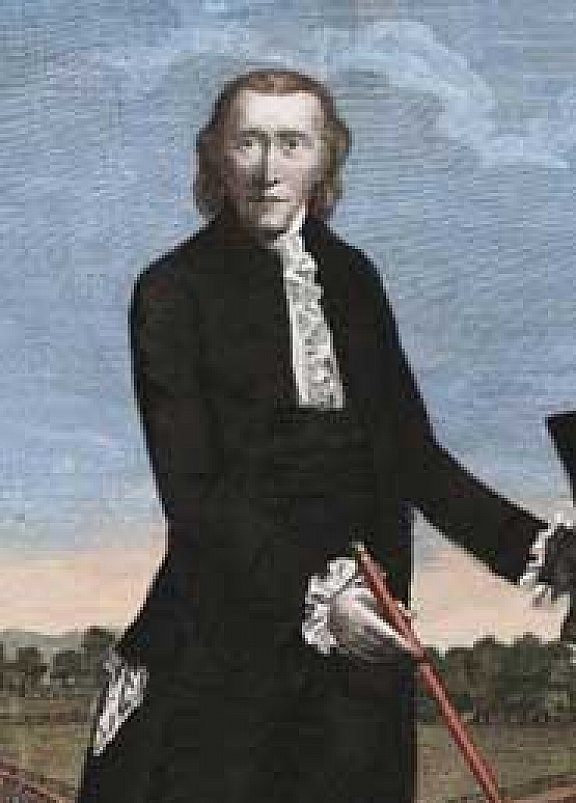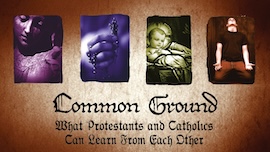Days of Violence, Dozens of Deaths in the Gordon Riots

Unstable Lord Gordon led opposition to Catholic emancipation in Gt. Britain.
LONDON WAS IN TURMOIL as riots over Catholic rights broke out on this day 2 June 1780. Susan Burney, an eyewitness to the chaos a few days later, recalled:
We heard violent shouts & huzza’s from Leicester Fields - & William who went to see what was the matter return’d to tell us the populace had broke in to Sir Geo[rge] Saville’s House were then emptying it of its furniture which having piled up in the midst of the square, they forced Sir George’s servant to bring them a candle to set fire to it... I was terrified & shocked extremely at the rage...
The rioters had been inspired to go on their rampage by the rhetoric of another George—Lord George Gordon. He was completely opposed to Great Britain’s Catholic Emancipation Bill. His large following identified themselves with blue feathers called cockades in their caps. They had surged out of control when he led them in a protest on Parliament—from which we get the name “Gordon Riots.”
Roman Catholics had lived under restrictions for two centuries, ever since 1570, when Pope Pius V had excommunicated Elizabeth I and declared that her subjects did not have to obey her. When a few Catholics attempted to overthrow her government in response, she cracked down on all Catholics. The Catholic position did not improve when a small group of Catholics attempted to blow up Parliament on November 5, 1605 (early in the reign of Elizabeth’s successor King James I), an event still memorialized on Guy Fawkes Day.
From the point of view of Parliament a relaxation of rules against Catholics was politically essential. England’s simultaneous conflicts with France and the United States in 1780 stretched its resources and troops thin. Furthermore, English leaders feared rebellion among the (mostly Catholic) Irish. Leaders thought that as the nation’s military situation became even more precarious, an emancipation act might ease Irish tensions.
An emancipation act could also help England get more troops. Since loyalty laws required everyone conscripted into the military to take an Anglican religious oath, many Catholics could not conscientiously do so and serve in England’s armed forces. With restrictions eased, Catholics could become soldiers without religious reservations.
The Gordon Riots lasted eight days. In the end, over fifty people died in the uprising and twenty more were hung for their roles. Parliament passed the emancipation act in spite of the riots.
—Dan Graves
----- ------ ------
What can Catholics and Evangelical Protestants learn from each other? Watch Common Ground for a discussion of that question. Available at RedeemTV.
Common Ground can be purchased at Vision Video.







